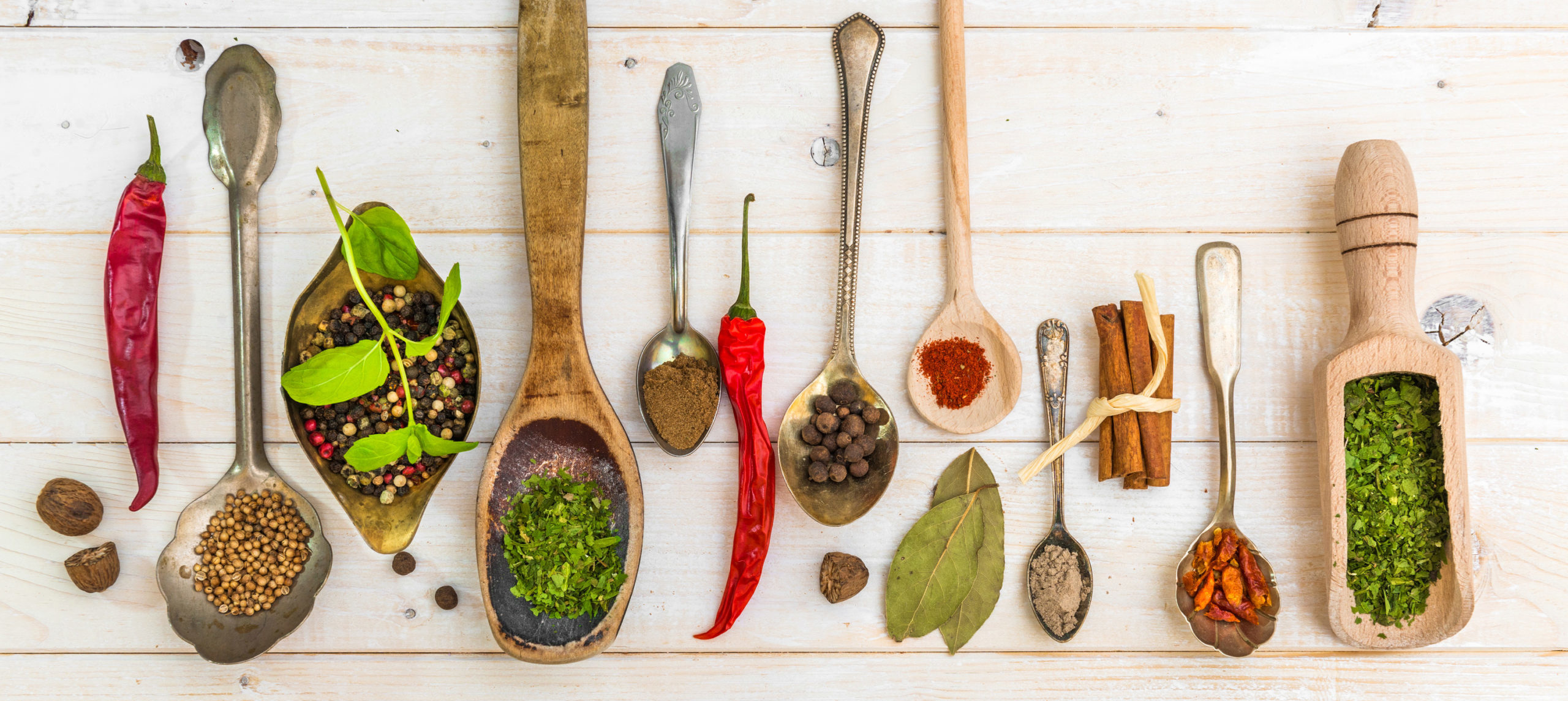A Beginner’s Guide to Indian Spices
a Beginner’s guide to Indian Spices with detailed descriptions of each spice, for those who are new to Indian cooking! get set up for success to prepare delicious, authentic Indian recipes at home.
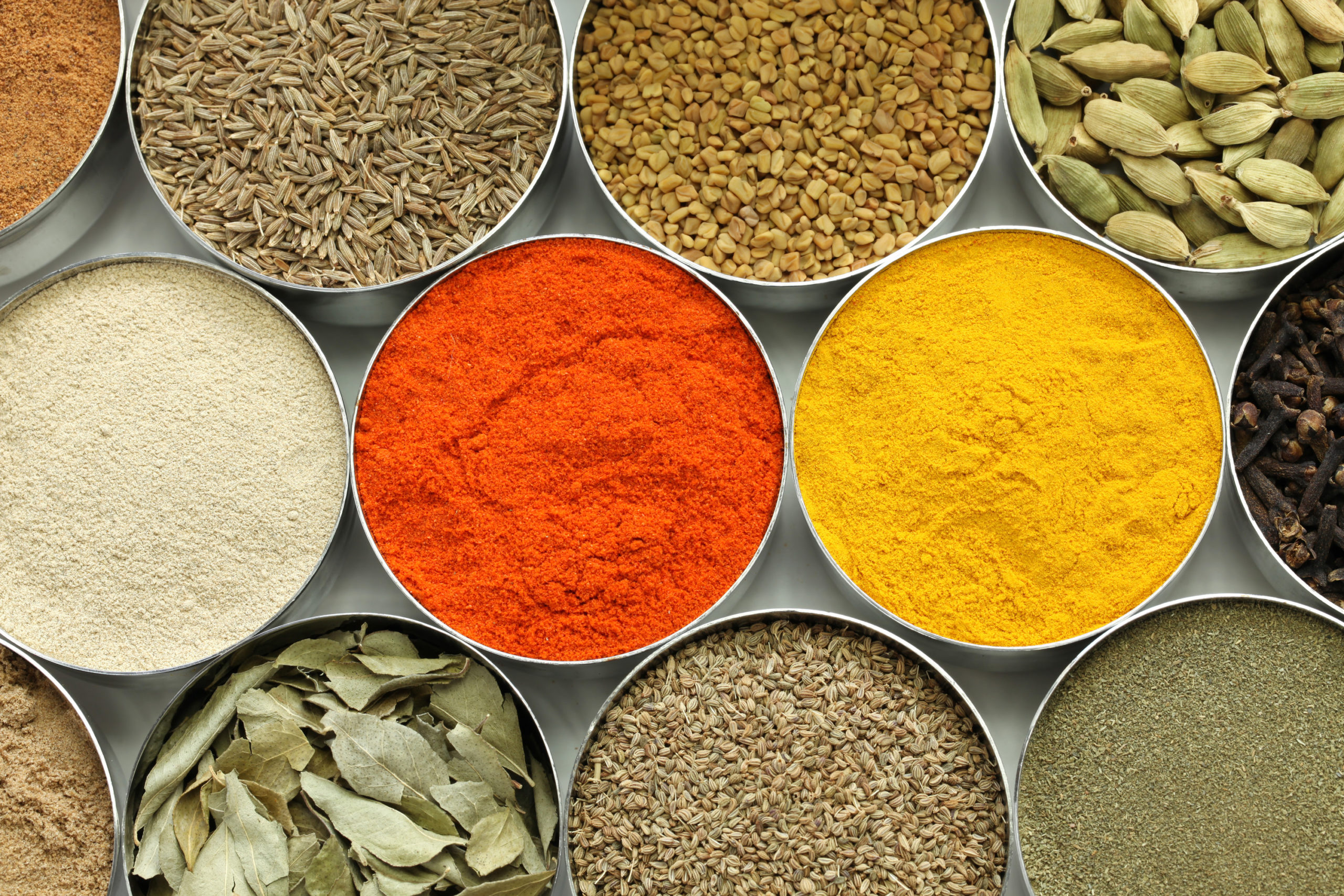 It’s time to go beyond seasoning your food with the classic (but boring) combination of salt and pepper and spice up your vegan cooking game with my beginner’s guide to Indian spices! A hint of any of these spices can turn the most basic savory (or sweet!) dish into something much more interesting and complex with layers of flavor, especially if you’re trying to cut back on fat, sodium, and sugar. Every cuisine in the world has its own unique blend of spices, and this is especially true for Indian culture, where there’s diversity among the many regions. Indian food is world-famous thanks to its intoxicating aroma and vibrant color. The harmonious blending of intricate spices to other ingredients in the dish distinguishes Indian cooking from other cuisines.
It’s time to go beyond seasoning your food with the classic (but boring) combination of salt and pepper and spice up your vegan cooking game with my beginner’s guide to Indian spices! A hint of any of these spices can turn the most basic savory (or sweet!) dish into something much more interesting and complex with layers of flavor, especially if you’re trying to cut back on fat, sodium, and sugar. Every cuisine in the world has its own unique blend of spices, and this is especially true for Indian culture, where there’s diversity among the many regions. Indian food is world-famous thanks to its intoxicating aroma and vibrant color. The harmonious blending of intricate spices to other ingredients in the dish distinguishes Indian cooking from other cuisines.
And it doesn’t just end there – spices can also boost your health if used regularly! In the health food world, and especially in vegan cooking, it’s become common knowledge that spices such as ginger and turmeric have anti-inflammatory properties. Additionally, according to Nutritionfacts.org, taking just a teaspoon of turmeric a day may have an anti-diabetic effect. Eating a curry dish (of which the base is turmeric) can easily help you achieve this! Cooking vegan Indian meals at home may seem a little intimidating at first, but once you develop an intuition for the spices and how to use them, it’ll become second nature to you.
WHAT’S THE DIFFERENCE BETWEEN SPICES AND MASALA?
Individual spices have their own history and unique flavor profile, but you may have also come across the term “masala” when looking into Indian cooking. Masala is a blend comprised of a certain proportion of dried spices, or it can also be a paste made from spices and ingredients such as onion, garlic, and ginger. Some of the most popular spice blends include chana masala, dal makhani masala, sambar masala, tandoori masala, curry powder, chai masala, and the beloved garam masala. Garam masala is a warming spice generally stirred in at the end of a dish or used as a final garnish; it makes an appearance in many of my recipes, such as my Tofu Tikka Masala! The process for making a masala is simple – you just toast or roast whole spices, herbs, seeds, chilis, ginger, and more in oil until they’re aromatic, then you let them cool prior to blending them into a powder or paste.
A BEGINNER’S GUIDE TO INDIAN SPICES
Today, there are dozens of Indian spices circulating Asian markets and grocery stores. However, a select few spices are commonly used across the subcontinent and in every region. I use the following essential vegan Indian spices in almost everything I cook:
I love using cumin seeds in our dishes at home and in my recipes on this blog. Cumin, also known as Jeera in Hindi, adds a smoky note to Indian dishes and is usually used both whole and ground.
As previously mentioned, turmeric (Haldee) is another common spice in Indian cooking and can be used fresh or dried. It’s often dropped into curries and spice mixes, such as curry powder. I also use it when I want to lend color to a dish, when I really want that yellow color to pop, like in my Tofu Scramble. Keep in mind that it can stain your hands and surfaces pretty quickly, though; so be careful when using it!
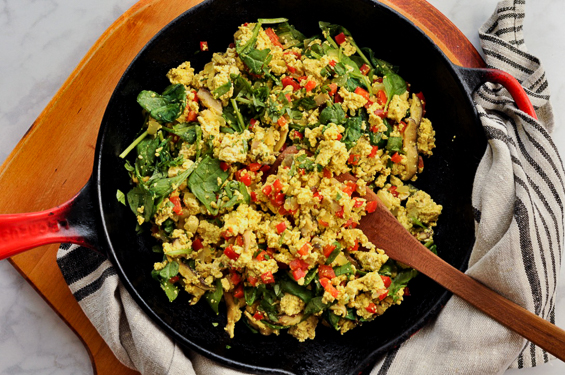
Coriander (Dhaniya) is one of the oldest spices that we have on record, dating back to 5000 BC. The seeds contain citrus and floral notes and are earthy in flavor, similar to cumin seeds. Many people are unaware that the leaves of the coriander plant are actually cilantro!
An essential spice in curry powder, fenugreek seeds (Methi Dana), are flat, caramel-colored, and square-shaped, and evoke a hint of maple syrup. They’re best when soaked in water for an hour and toasted to soften them up and reduce their bitter flavor. Fresh and dried fenugreek leaves (Kasoori Methi) have a mildly sweet and nutty taste and are used in dals and curries.
Fennel seeds (Saunf) are often confused with cumin seeds for their similar aesthetic. They have a licorice-like taste and can be used in both savory and sweet applications. They are also one of the ingredients in chai masala.
Dubbed the most expensive spice in the world, saffron (Kesar) has been made popular for playing a role in the color and flavor of dishes involving risotto, paella, and curry. Saffron tastes best when heated; just soak a few threads (you don’t need much more than 2-4 threads!) in a little bit of hot liquid before adding it to your dish.
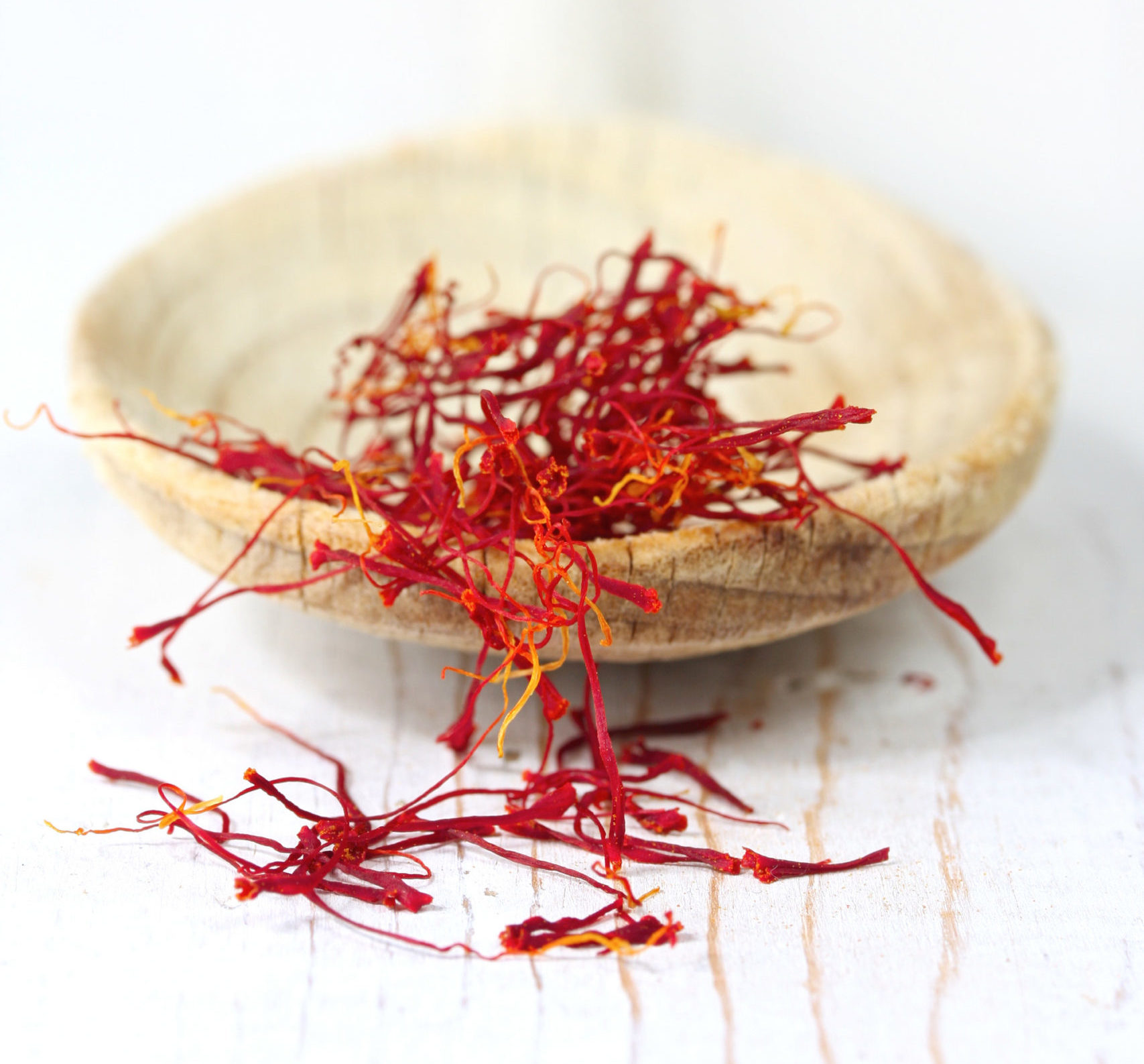
Commonly used in South India, curry leaves (Kadi Patta) impart a lemon scent similar to anise and lemongrass. They can be ground in tea or spice mixes or used whole in cooked dishes, where they soften and are tender enough to eat. Note that curry leaves are not the same as the spice blend curry powder.
Cloves (Luang) have a flavor that is easily recognizable in many Indian dishes due to its pungent taste. Both sweet and bitter at the same time, cloves are reminiscent of nutmeg and star anise. They are a key component in the popular spice blend garam masala as well as in Chinese five-spice powder.
The most pungent of all mustard seeds, black mustard seeds (Sarson), carry a spicy aroma but become sweeter and nuttier when heated. They are often used in tempering, which is a cooking method when whole spices are fried in oil at high temperatures, and then used to garnish certain dishes.
A few other popular Indian-inspired spices you can try to expand your repertoire include:
- Asafoetida (Hing)
- Bay leaf (Tej Patta)
- Black pepper (Kali Mirch)
- Black salt (Kala Namak)
- Carom seeds (Ajwain)
- Celery seed (Ajmud)
- Cinnamon (Dalchini)
- Dry mango powder (Amchoor)
- Ginger powder (Sonth)
- Green and black cardamom (Elaichi)
- Mace (Javitri)
- Nigella seeds (Kalonji)
- Nutmeg (Jayphal)
- Tamarind (Imali)
COOKING WITH SPICES — TO TOAST OR NOT TO TOAST?
To get quickly accustomed to using Indian spices in your cooking, just pick up a recipe and start cooking and experimenting! A few tips to get you started: Adding spices during your cooking process is similar to how you would use salt and pepper: at different stages to maximize their flavor. One easy way to start bringing out the taste in your spices prior to using them is to toast them whole and ground them in a dry pan over low heat, stirring often, until they are aromatic. I love using whole spices in dishes such as biryani or in my Pea Pulao. Since ground spices are susceptible to burning easily, I always add them in a later stage of cooking. For example, once I’ve cooked onion and garlic, I add the ground spices, cook them for a minute, and then add a liquid such as coconut milk or vegetable broth.
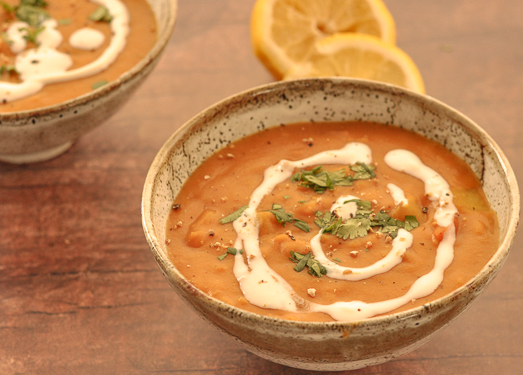
where to buy Indian Spices
The absolute best place to purchase Indian spices is Kalustyan’s in New York City. This place is truly spice heaven, and they accept online orders and deliver all over the country. Alternatively, you can always find these spices on Amazon!
HOW TO STORE SPICES
I highly recommend you buy whole spices instead of ground spices as they’ll maintain shelf life for several years, whereas ground spices may start to deteriorate after six months. I like to grind small amounts of whole spices with a mortar and pestle or coffee grinder (if using a coffee grinder, make sure you have two — one for coffee and one for spices — because the taste will linger!) and use them within the month. Store both ground and whole spices in small airtight jars in a dark and dry place away from light and moisture.

